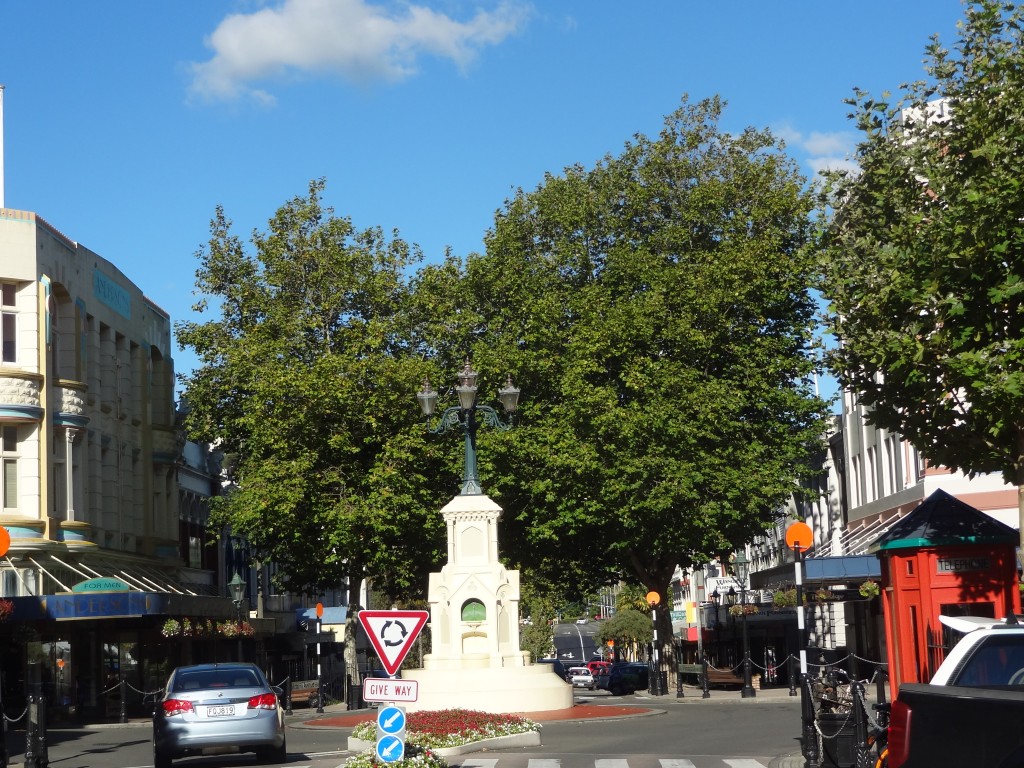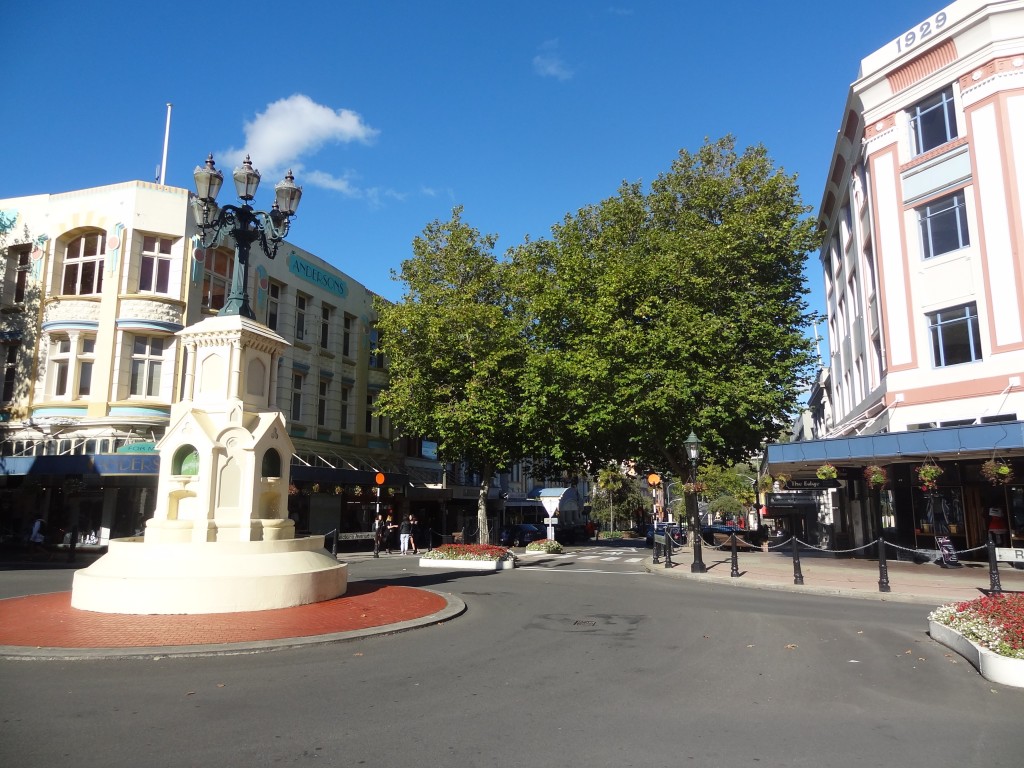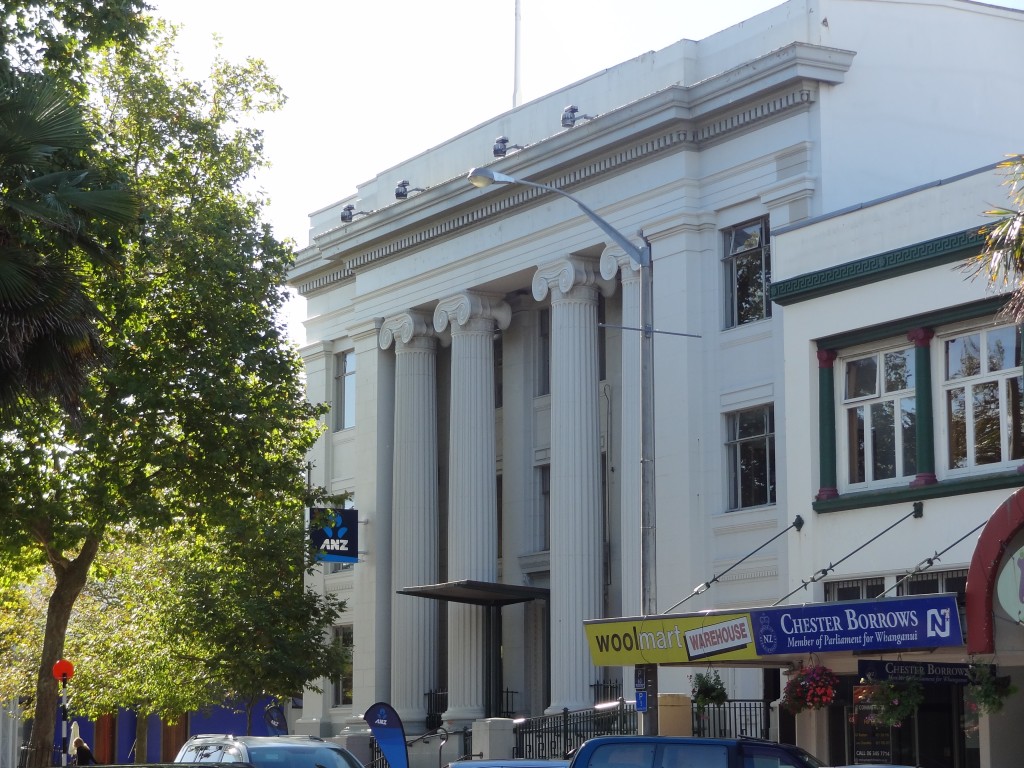After Wellington our next “must visit” town was Taupo which sits in the centre of North Island, New Zealand on Lake Taupo. It’s a drive of over 5 hours from Wellington and as such is beyond our limit for distance driving thus we decided to stop off at Whanganui (aka Wanganui) on the west coast to break the journey. Since our aim is always to stay at least 2 nights at any one stopping place so as to give us a minimum one full day in loco, that’s what we did.
We knew nothing about Whanganui and had no great expectations but it was a convenient place to stop and it meant that by visiting here we would have covered the Southern part of the West coast which most travellers don’t do if they have limited time – it’s another one of those places a little out of the way off the main tourist track.
We left Wellington mid morning on the 15th April and a pleasant 2 1/2 hour drive had us pulling into the Kings Court Motel car park around 1pm. We checked in and went for a walk around town looking for a lunch spot. We couldn’t find anything that took our fancy, and ended up buying fish and chips from George’s Fisheries, regarded as the best there is in Whanganui and sat on a park bench to eat them out of the paper. Awesome they were too!
Whanganui turned out to be a very pleasant and friendly little town. It sits near the mouth of the Whanganui River which is the longest river in New Zealand. Tourism here is all about the river and water activities. One of New Zealand’s Great Walks is actually a 5 day canoe/kayak trip down the the river which is a tad weird but there are plenty of proper walking tracks in the area with maps available from DOC as always. There are also some really nice public parks and gardens in and around the town notably Queens Park with its lake on the outskirts of town where we spent a very pleasant couple of hours.
Another Great Walk in this southern part of South Island is the Tongariro Alpine Crossing, a 19 km one day track across an active volcano, Mount Tongariro. We had hoped to do this walk ourselves as its one of the few Great Walks that we felt reasonably confident to do which doesn’t involve multiple days walking. In the event, snow had just fallen on the mountain top at the time we were there and the ICentre Tourist Office in Whanganui advised us that the track would be closed. A disappointment but maybe we will get chance do it next time…
Its fair to say that other than the great outdoors there are few tourist attractions as such but we did visit and were impressed by the towns museum. This wasn’t your typical museum, or at least not on the day we visited, when the place was busy and noisy with pre-school kids with teachers and mums doing craft work making stuff.
Whilst the museum is only small it is packed with interesting exhibits. This is very much Maori territory and there’s a huge amount of interesting stuff about the Maori going back hundreds of years if not centuries but also much more recent stuff following European settlement, the Land Wars etc.
For a small place there’s a lot of history. The town itself was established in the early 1840s when the Crown started negotiations for the purchase of land from the local Maori. This was the year in which the Waitangi Treaty was signed which, inter alia, gave the Crown, rather than individuals, the right to acquire land from Maori. The negotiations were finally completed in 1848 although the first settlers arrived from England, Scotland and Ireland in 1841 having bought land via the New Zealand Company.
Maori living in the town area accepted the situation although they questioned the New Zealand Company’s good faith but Maori living on the upper river were hostile and with tensions high, a British military garrison was installed in 1846 before conflict broke out in 1847. A military presence remained for 23 years.
In the mid 1860s the Land Wars began and with the town under threat of attack by militants, fortifications were built to the north-west and along the river and troops were deployed. Whanganui became a major military centre. The last of the troubles took place in the late 1860s when Maori extremists attacked farms near Whanganui but the raiders retreated and the skirmishes came to an end. The 18th (Royal Irish) Regiment finally left in January 1870.
After the conflicts of the 1860s, the New Zealand Settlement Acts gave authority to the Government to acquire lands from those Maori who had rebelled. In the event land was acquired not just from rebels but even from those who had supported the government. The purpose of the acquisitions was to hand the land over to British settlers.
Not all land was acquired by the Crown and indeed some was returned to Maori but not always to the people from whom it was acquired. Thus land is a source of resentment to this day and the Whanganui region has been a focal point of it. The Treaty of Wiatangi has been questioned and been the subject of much antagonism and debate ever since it was signed and this has never diminished.
Grievances exist all over New Zealand and whilst these have been ongoing ever since Waitangi, a Maori protest movement, an indigenous peoples rights movement, has developed since the 1970s focussing not just on land rights but also Maori language, culture and racism. These issues are still a significant feature of the political landscape in New Zealand.
More recently, legal actions have seen many acknowledgements of wrongs done in the past and since the 1990s there have been many compensation settlements paid to Maori communities amounting to many millions of AUD. The Whanganui settlement alone exceeds AUD100M.
A few scenes around Whanganui Town:
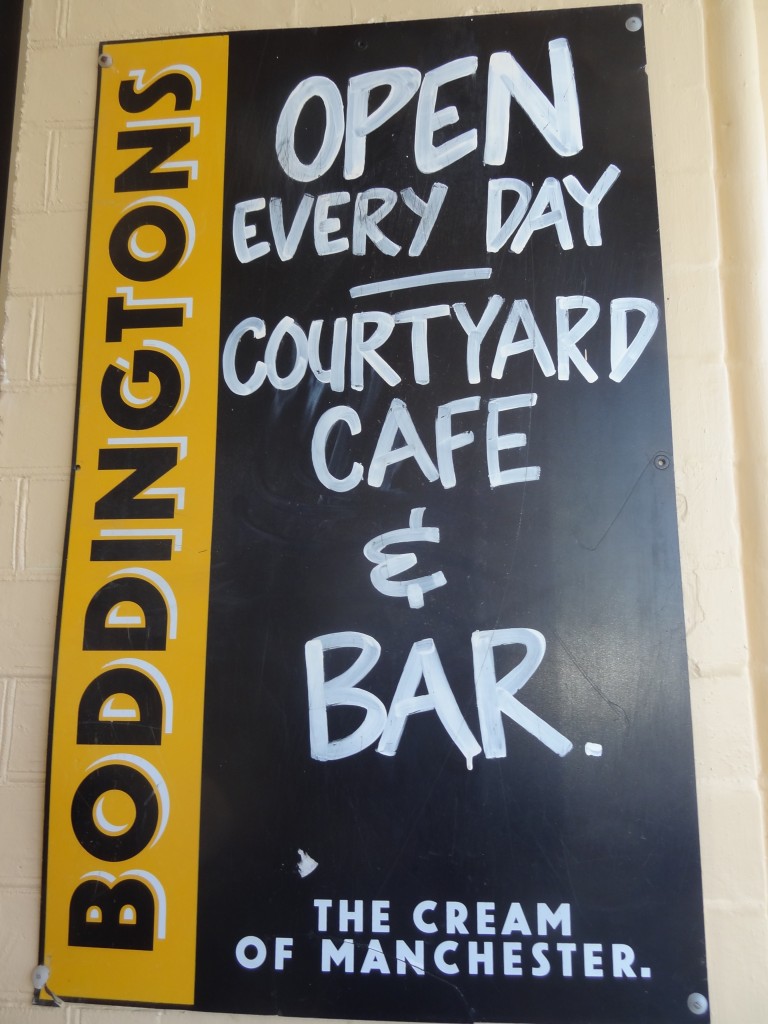
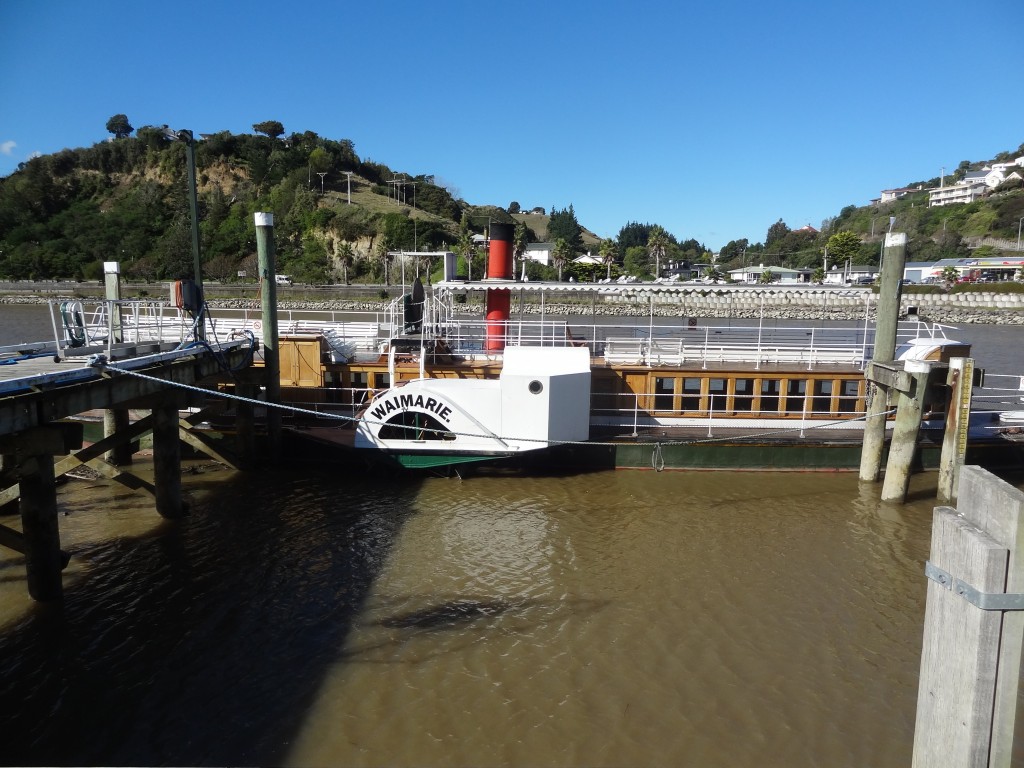
After 2 nights at the Royal Court and a very pleasant stay in Whanganui, we set off early on 17th April for Taupo.

